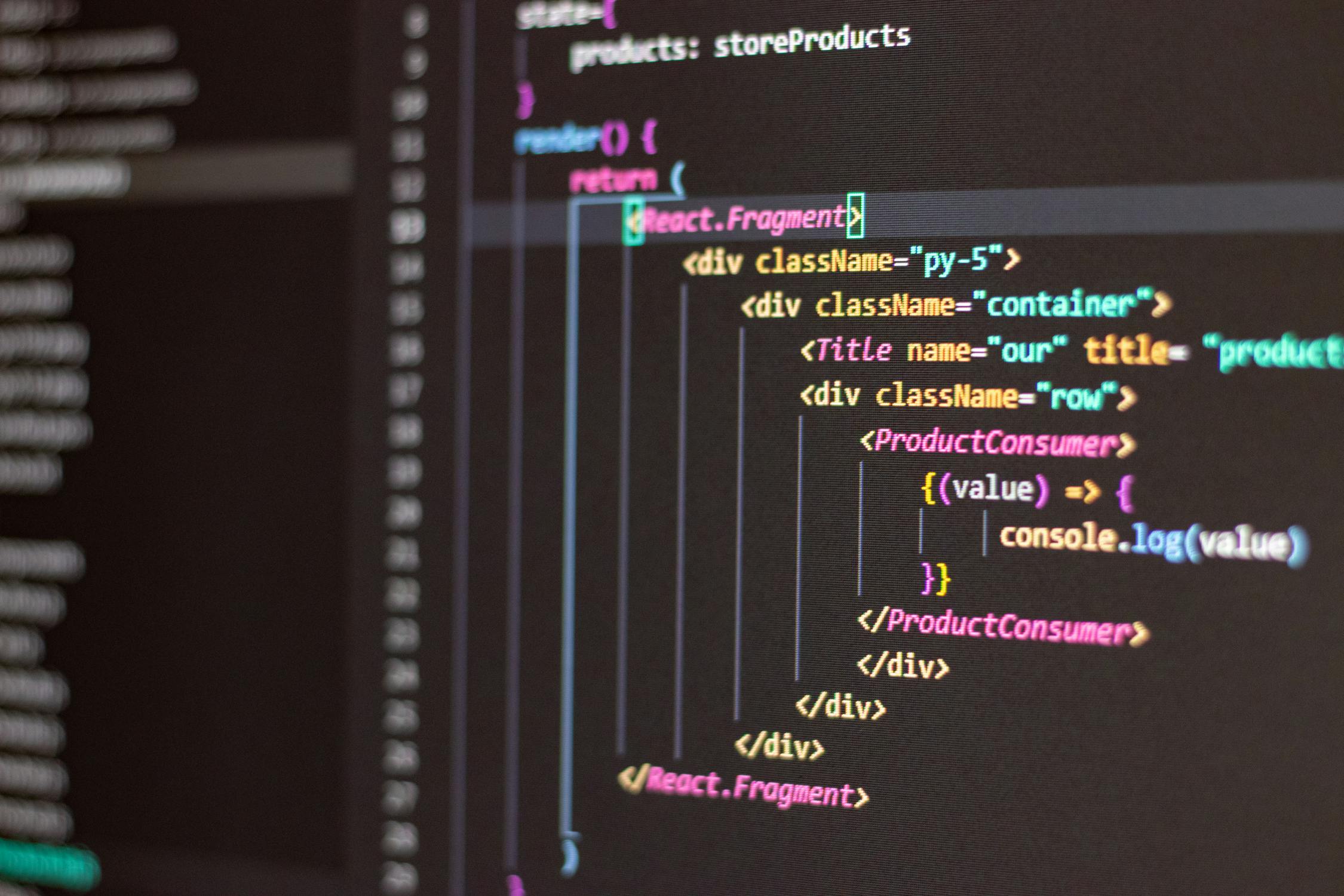Understanding JavaScript Closures
JavaScript closures are a powerful feature that allows a function to retain access to its lexical scope, even when that function is executed outside its immediate scope. This can lead to some very interesting and useful patterns in JavaScript programming.
At their core, closures are functions that have access to variables from another function’s scope. This is possible because functions in JavaScript form closures around the data they are defined within. When a function is defined inside another function, the inner function has access to the variables and parameters of the outer function, even after the outer function has returned.
Here’s a basic example:
function outerFunction() {
let outerVariable = 'I am outside!';
function innerFunction() {
console.log(outerVariable);
}
return innerFunction;
}
const myClosure = outerFunction();
myClosure(); // logs 'I am outside!'In this example, `innerFunction` is a closure that captures the variable `outerVariable` from its lexical scope. When `outerFunction` is called, it returns `innerFunction`, which retains access to `outerVariable` even after `outerFunction` has completed execution.
Closures are particularly useful in many programming scenarios, such as:
Emulating private methods
Creating factory functions
Handling asynchronous tasks
Understanding and using closures can greatly enhance your JavaScript programming skills and allow you to write more efficient and expressive code.
